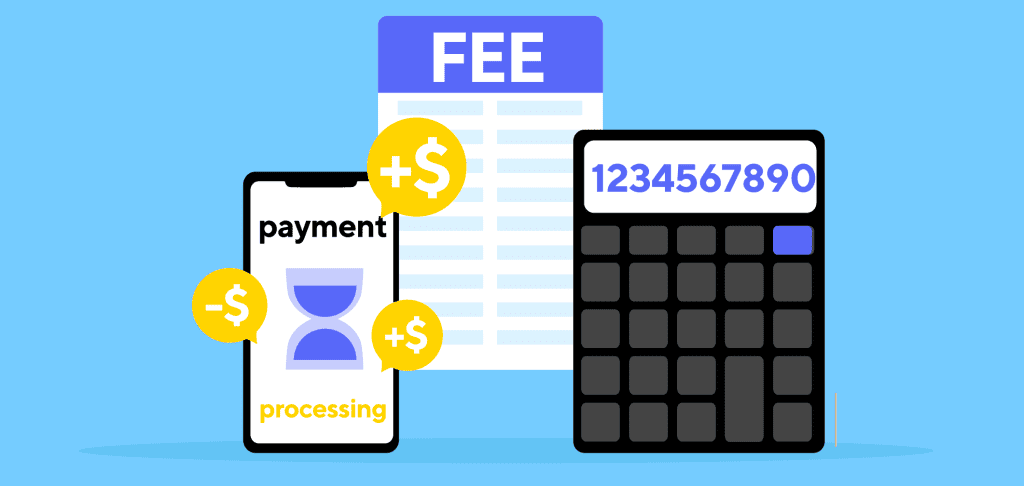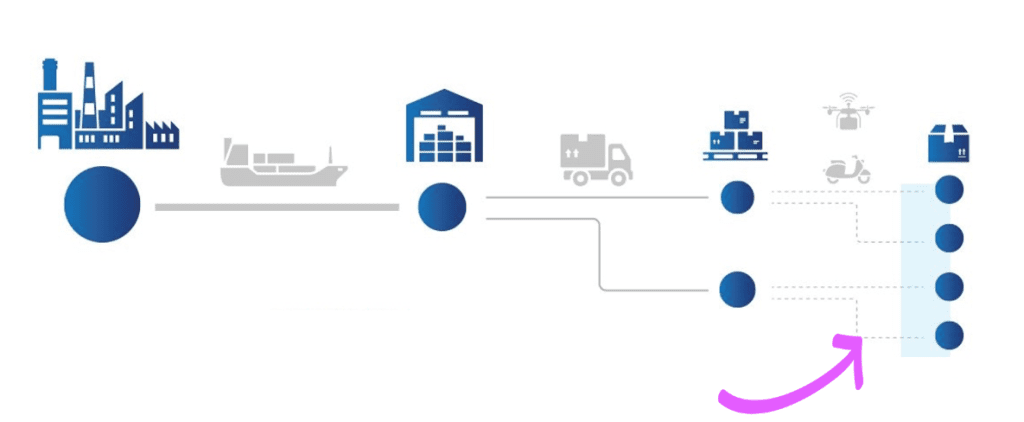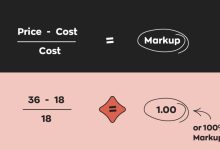COD (Cash on Delivery) and Why It’s Not Ideal for Replica Cross-Border E-Commerce
COD, or Cash on Delivery, as the name suggests, is a payment method where customers pay for their order upon receiving the goods. I’ve previously covered the concept, principles, and operational workflow of this model in another article: The COD Business Model. Here, I won’t go into the basics again.
There’s no denying that the COD model has brought enormous commercial value to the cross-border e-commerce industry and has created successful companies such as Bugu Bird. However, it’s important to note that this business model works under the framework of general merchandise cross-border e-commerce. When it comes to replica products, the success rate is really low — especially for high-ticket categories such as luxury bags, watches, or trendy sneakers from Guangzhou.
Some people might say, “No, it works for me — I also run a replica cross-border COD business, and orders are coming in.” But let me ask you a critical question: after deducting advertising costs, failed deliveries, re-shipping, and product destruction losses, are you truly making a profit?
The reason I believe the COD model rarely succeeds in the replica product niche is that I’ve heard too many failure stories. Either a friend of mine gave it their all and failed miserably, or industry peers told me they joined some so-called COD project and got a few orders, but due to low delivery success rates (often only 50–55%), it turned out to be a waste — not to mention the large sums of advertising money that went down the drain. Cases like these are countless, and honestly, I’ve heard so many that my ears have grown calluses.

So I decided to write a systematic article to explain why this model has limited feasibility in the replica cross-border e-commerce sector: its underlying logic simply doesn’t hold up.
We know that to run COD successfully, the core factors are delivery success rate (sign-off rate) and payment collection. Before discussing these two critical issues, let’s first outline the main cost components.
Cost Breakdown for COD Replica Orders
It’s clear that for high-ticket COD orders, if your delivery success rate (sign-off rate) is below 75%, you’ll barely see any profit. To truly make money, you should aim for at least 80% — this is not an exaggeration.
1) Advertising Costs
This is the money you spend on Facebook ads. The share of advertising costs depends on your traffic acquisition ability.
Unlike standard online payment methods on Western e-commerce stores, COD orders have much lower traffic costs, especially in Southeast Asia, the Middle East, and other regions — typically $5–10 per order. Facebook pixels are relatively easy to “train” for COD campaigns because there’s less competition, so CPC and CPM are much cheaper.
Experienced advertisers know the importance of a well-trained Facebook pixel. Having a good pixel means you won’t lack orders. While Western countries online stores often struggle to maintain high-quality pixels, COD pixels are much easier to grow — less than 1/10 the difficulty.

Some beginners blindly worship “aged pixels” from service providers, renting or buying them, thinking they guarantee orders. In reality, growing your own pixel is far more cost-effective. If a high-value US pixel were that easy to rent or buy, do you think anyone would give it away? Growing your own pixel is like having a golden egg — worth every effort.
2) Product Cost
This is the cost of goods purchased from suppliers, usually prepaid.
COD is popular in countries like the Middle East, Southeast Asia, Taiwan, and Japan. Except for Japan, consumer spending power is generally low, with average order values under $150. Product quality doesn’t need to meet the standards of Western countries, but it can’t be too poor either. Basic procurement costs are usually around $30 per item.
3) Shipping Cost
Most replica COD sellers ship items from China only after receiving orders — this is the reality for 99% of COD sellers.
To ensure speed, one-piece shipping usually uses international express or Middle East-specialized logistics. Delivery should ideally take around 10 days; longer times result in mass order rejections. Post-pandemic, shipping costs have risen: UPS, FedEx, and other international carriers often charge over $30, and for heavier items like bags, it can exceed $40RMB.
4) Forwarding Cost
In countries with inconsistent infrastructure like the Middle East, many addresses lack proper street numbers, making delivery rejections common. Logistics companies often offer a second delivery attempt, which incurs additional last-mile shipping costs.
5) VAT/Local Tax
Some logistics companies collect local VAT on replica shipments, which varies by country.
6) Collection Fee
COD’s core challenge is last-mile delivery and payment collection. Logistics companies usually handle cash collection and charge 3–5% of the order value as a service fee.
7) Other Fees
These may include customs paperwork, operational fees, or other miscellaneous charges. Costs differ slightly between COD service providers but are generally similar.

8) Destruction Fee
If an order is rejected, logistics companies often require the sender to pay for destruction. This is not cheap.
Some may ask, “Why not just return the item?” or “Why not throw it in the trash?” In reality, overseas waste disposal is strictly regulated. Many sellers end up giving the item to the logistics company, essentially for free, and still have to persuade the company to accept it.
After all these operations, the net profit per COD item rarely exceeds $30, but upfront costs may reach $100. That means a single rejected order requires three normal orders just to break even. To maintain profitability, out of four orders, only one can be rejected — a 75% delivery success rate. This is why I said earlier: for high-ticket COD replica orders, if your sign-off rate is below 75%, you’ll likely lose money. To truly make a profit, aim for at least 80% success.
Delivery Success Rate and Payment Collection
In the real world of replica COD e-commerce sellers using one-piece shipping, very few can consistently maintain a delivery success rate above 75%.
The advantage of one-piece shipping is that you don’t need to stock inventory in advance, which reduces the risk of unsold goods. However, it also creates significant challenges for delivery speed. Consider this: after an order is placed, you need to purchase the item, inspect it, and ship it. By the time the package reaches the buyer, it often takes more than 10 business days. During this period, the customer’s enthusiasm can drop drastically, or their interest may shift, making them no longer want the product.
We know that most e-commerce purchases are impulsive. This is especially true for replica cross-border sales, which are largely “interest-driven e-commerce.” The majority of Facebook ad traffic is impulsive. A potential buyer might see an ad for a replica bag and immediately like it. In a standard online payment system used in Western countries, she could instantly complete the purchase with a payment password. But with COD, she can submit the order without any upfront cost, and by the next morning, she might have completely forgotten about it.
This is why the delivery success rate for COD orders is so challenging. The shorter the delivery time, the higher the likelihood of successful sign-off. Many orders are purely impulsive: the buyer submits the order enthusiastically, especially in regions like the Middle East. There are also cases of “joke orders” from some Indian migrant workers or playful customers in Pakistan. They submit orders happily, promise to receive the package, but when it comes time for actual delivery, they disappear, leaving the seller high and dry.
To maintain a high delivery success rate, it is crucial to strictly review orders and ensure that buyers genuinely intend to receive the product. However, even if the buyer initially shows strong interest and promises to accept the package, after 10 days—by the time the product arrives—their “intention value” often drops significantly, leading to refusals.
To shorten delivery times and improve success rates, some sellers propose a “stockpile” model, setting up warehouses overseas. In theory, this model is ideal, but implementing it in practice is extremely challenging. My team has tried operating this model, but ultimately it ended in failure.
Replica cross-border products are particularly difficult to warehouse. Consider countries in Western regions with strict intellectual property protections. If you ship items one by one, it’s manageable. But if you set up bulk warehouses, you risk being shut down and heavily fined. Similarly, in Middle Eastern countries, importing items individually works, but trying to bring in an entire container at once is almost impossible—at least according to policies over the past couple of years.
Now let’s talk about payment collection. The “last mile” is not only about delivering the product but also about recovering the money. In other words, if the person handling collection is not trustworthy, they could disappear with both the goods and the funds. Unfortunately, such cases are not rare; they happen more often than most sellers realize.

In summary, you will find that the COD model for replica cross-border e-commerce has a very low success rate and often results in losses. The issues usually come down to either low delivery success rates or payment collection problems. To actually operate in this space, one must find ways to set up overseas stockpiles and have trustworthy people handle collections—both of which require high operational capacity and infrastructure.
Are there successful cases? Of course. I have a client operating a COD model in Japan, whose office is right next to mine. They ship 200–300 packages daily, all sourced from Anshan, China. Every part of the process—operations, warehouse management, and logistics—is handled entirely by their own team.
If you do not have these conditions, it’s best not to attempt COD for replica products. Otherwise, you are very likely to lose money. It is not as simple as hiring a service company to use an “old pixel” to generate a few orders. If it were that easy, everyone would be rich.
 Custom E-commerce Solutions for High-Quality Designer-Inspired Fashion Replicas | Website Development, Dropshipping, Payment Integration for PayPal and Stripe, Ad Cloaking Services
Custom E-commerce Solutions for High-Quality Designer-Inspired Fashion Replicas | Website Development, Dropshipping, Payment Integration for PayPal and Stripe, Ad Cloaking Services























![5 Best WordPress Themes for Replica Product International Trade Websites [Recommended]-Custom E-commerce Solutions for High-Quality Designer-Inspired Fashion Replicas | Website Development, Dropshipping, Payment Integration for PayPal and Stripe, Ad Cloaking Services](https://replicasmaster.com/wp-content/uploads/2025/06/1-1-220x150.jpg)
